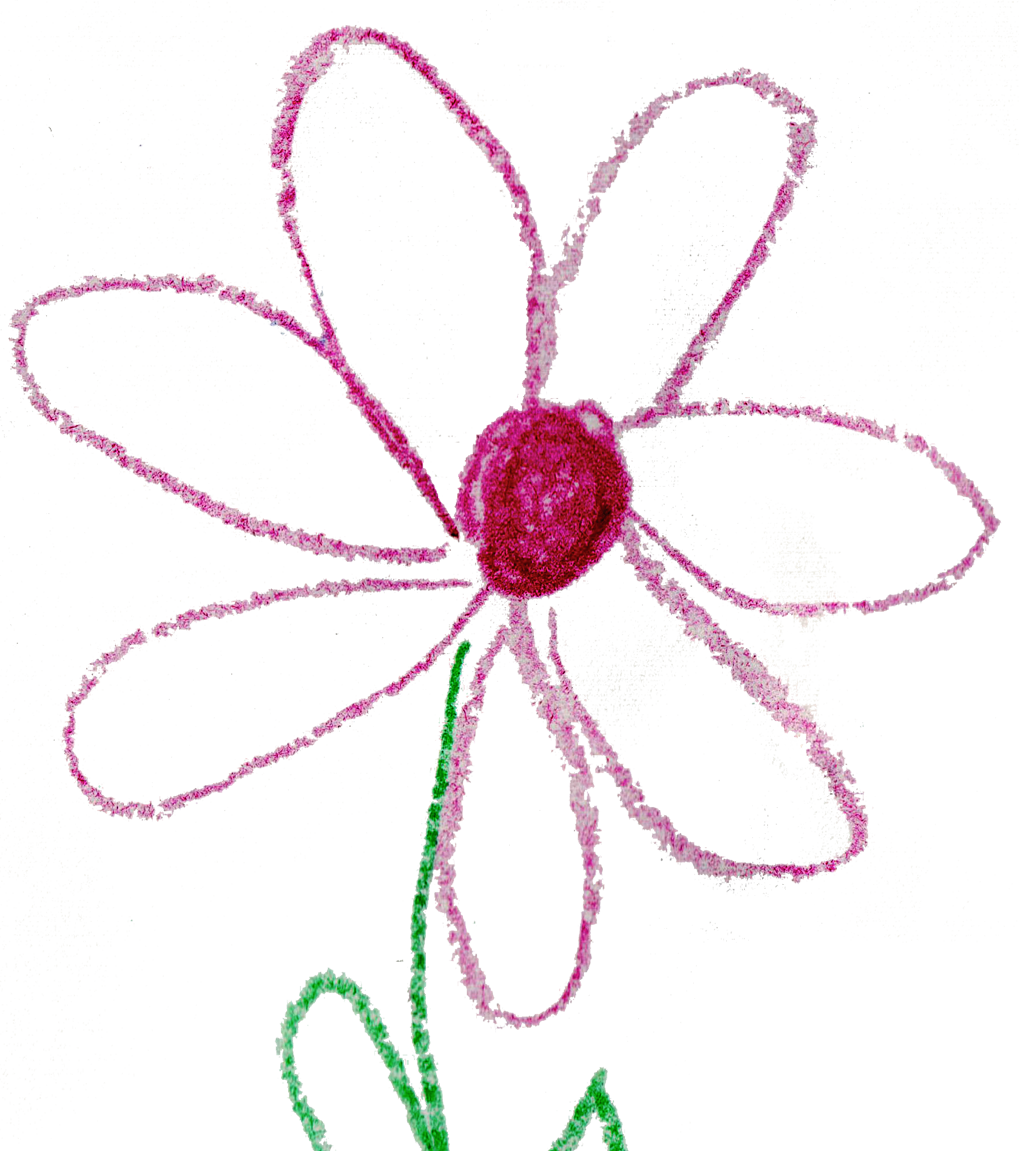Environment
Of Coleen’s “Breast Cancer Things I Wish I’d Known” I think that environment and the issues it creates may have been the closest to her heart. After all, it was the first one on her list.
According to the National Breast Cancer Foundadtion, 60 – 70% of the women diagnosed with breast cancer have no relationship to what the industry feels are the leading risk factors of that disease. Coleen would have been part of that figure.
- No family history
- Not overweight or obese
- Ate a very healthy plant-based diet
- Excercised daily
- Breast fed her children
- Was not pregnant after 30
- Did not have dense breasts
- Did not take menopausal drugs
Coleen was a woman (considered the number one risk factor), did have radiation through regular mammograms and she did have an occasional glass of wine. But on the whole, she did not present any of the typical risk factors for breast cancer. Coleen did, however, live in our society which means she breathed the air that we pollute and absorbed the chemicals that we create and use every day. How much of a difference does that make? In her case, we will never know but it is becoming increasingly apparent that environmental issues are more than just a myth in the world of breast cancer.
I called upon the American Cancer Society’s website today to see what they considered to be the main breast cancer risks. They listed the standard cast of characters but what intrigued me was what they did not list. After identifying 19 risk factors, the website creates a new sub-category called “Unclear Factors.” Number two on that list is “Chemicals in the Environment,” which they pretty much consider a rumor. Here, you read it:
A great deal of research has been reported and more is being done to understand possible environmental influences on breast cancer risk.
Compounds in the environment that have estrogen-like properties are of special interest. For example, substances found in some plastics, certain cosmetics and personal care products, pesticides (such as DDE), and PCBs (polychlorinated biphenyls) seem to have such properties. These could in theory affect breast cancer risk.
This issue understandably invokes a great deal of public concern, but at this time research does not show a clear link between breast cancer risk and exposure to these substances. Unfortunately, studying such effects in humans is difficult. More research is needed to better define the possible health effects of these and similar substances.
And just a little further down in their ranking, two spots actually, they list “Night Work” as an unclear factor, just like chemicals in the environment. Are you kidding me? Working the night shift is an equal risk factor to chemicals in the environment? It frightens me that a source as trusted as the American Cancer Society would be saying this. People are reading it and believing it and why wouldn’t they? It’s the American Cancer Society. They should know, right? Yea, they should know better.
Nobody knows what causes breast cancer and that’s a scary thought in itself. And nobody knows what doesn’t cause it either. Statistics don’t lie, though and we can no longer accept things things as coincidence. Here’s a fun fact: Only 200 of the more than 85,000 chemicals in use in our country have been tested by the EPA. This from a
New York Times article from April, 2013:
In its history, the E.P.A. has mandated safety testing for only a small percentage of the 85,000 industrial chemicals available for use today. And once chemicals are in use, the burden on the E.P.A. is so high that it has succeeded in banning or restricting only five substances, and often only in specific applications: polychlorinated biphenyls, dioxin, hexavalent chromium, asbestos and chlorofluorocarbons.
There is so much information already published and available on the internet, it would be senseless for me to try to reword it here. Instead, I will reference and link what seems to be pertinent information to share.
On Coleen’s note next to the word “Environment,” she had written
Breast Cancer Fund which is an organization dedicated to breast cancer and the environment After looking at their website, I can see why Coleen referenced them . Breast Cancer Fund is focused on environmental issues and have information from
plastics to cosmetics to food and much more. Awareness of what can be prevented and how it can be prevented is much more valuable than reacting with treatments that are suspect in success.
Also hand written on her note was the name
Sandra Steingraber. I never heard of her until today when I found out that she is a leading advocate of environmental issues and cancers. Sandra wrote a book called
Living Downstream in 1997 exposing the relationship of chemicals and cancer. Since so much had changed, a second edition of the book was written in 2010 and there is also a documentary. It looks like a book I want to read.
